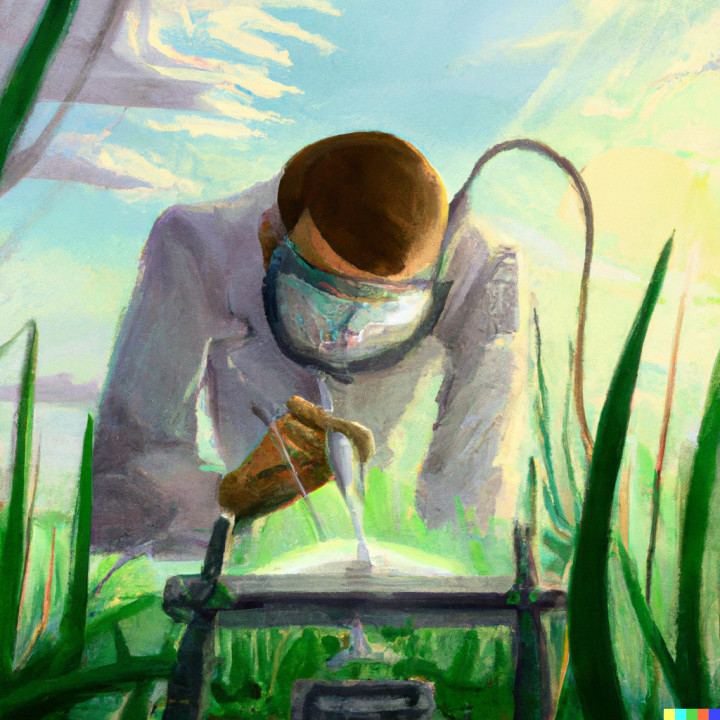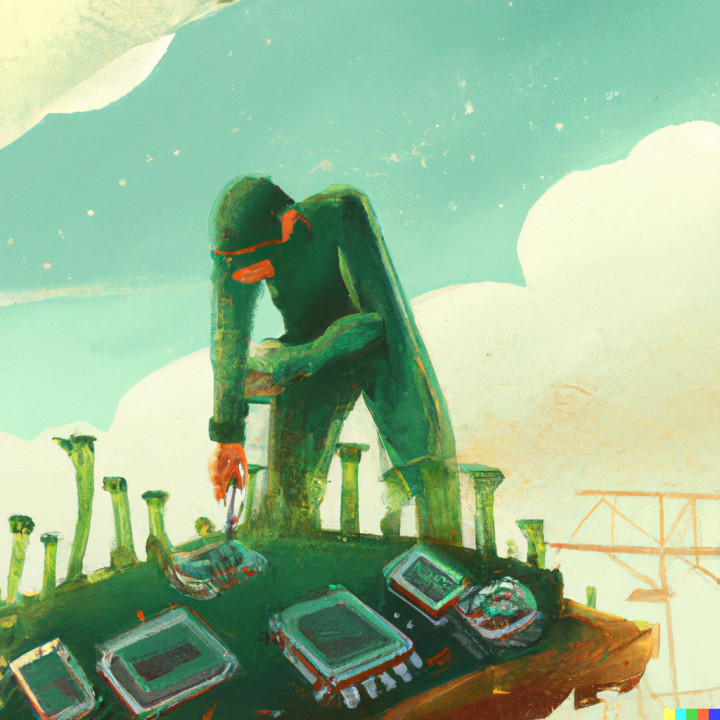Climate Calling All Engineers: Move Fast and Fix Things
on
The sixth synthesis report by the Intergovernmental Panel on Climate Change (IPCC) is clear: “Human activities, principally through emissions of greenhouse gases, have unequivocally caused global warming.” What are we going to do about it?
The sixth synthesis report by the Intergovernmental Panel on Climate Change (IPCC) is the collective scientific wisdom on climate change and how to fix it. They inform the UN. The main message of their latest report has hope: “There are multiple, feasible and effective options to reduce greenhouse gas emissions and adapt to human-caused climate change, and they are available now, but currently, we are not applying the technical solutions we have with enough vigour, scale or speed.

Calling all engineers! There is a lot to do, so let me give you some highlights:
Current Climate
We are now at 1.1°C global warming and will likely reach 1.5°C in the early 2030s and shoot up to 3.5°C this century if we don’t change drastically. “There is a rapidly closing window of opportunity to secure a liveable and sustainable future for all." We have already caused a lot of damage across ecosystems. More than climate scientists estimated earlier. We have lost many species, nearly 50% of coastal wetlands, and we are impacting ecosystems in ways that are not reversible. Cities have become hotter and the air we breathe more polluted.
Our supply chain has already been impacted by the more frequent occurring extreme weather, making factories freeze or catch fire. Water is fast becoming a contested resource, and factories should look into either recycling or using seawater.
We have not done nothing. Agreements made at Kyoto and Paris have helped. Social movements have accelerated climate action. We can still save ourselves with climate resilient development based on science, indigenous knowledge and local context. High-tech and low-tech solutions working together.
“Individuals with high socio-economic status contribute disproportionately to emissions, and have the highest potential for emissions reductions, e.g., as citizens, investors, consumers, role models, and professionals." That means us. What we do and what we demand of our governance makes a big difference. What you choose to work on as an engineer will either contribute to a liveable world or to further heating up the place. When we support developing regions with our technological development, they can leapfrog to low-emissions solutions with us.
Stop That
If we are ever to stay under 2°C of global warming, a lot of fossil fuels are going to have to stay in the ground. Today, new fossil fuel developments are still being funded, and the fossil fuel industry receives more money in private investments, public subsidies and tax breaks than developments tackling climate adaptation and mitigation. Simply ending fossil fuel subsidies would lower greenhouse gas emissions with 10% by 2030, while improving public revenue that could be redirected to our necessary transition. If your work or your pension funds are connected to the fossil fuel industry, you might want to start looking for a way to decouple before the well is shut down. Our electronics are heavy on petrochemicals and will be looking to shift to bio-based alternatives. Opportunities abound.
Carbon pricing such as carbon taxes or emission trading have led to some low-cost emission reduction measures but have not been very successful to promote the higher-cost measures that are necessary to shift an industry. We need more. Luckily, climate laws are increasing, and they are helping to fight climate change causes and effects. Climate-related litigation is growing and has already had an effect on the “outcome and ambition of climate governance." It is likely that climate law will grow in the near future, both internationally and on regional levels. The WEEE regulations and the Supply Chain Act are early versions of what is coming. Your efforts and your company can be ahead of the curve, riding the green wave, or you can be dragged along by legislation, but everyone is coming eventually.
Technology for the Win
“If all technically available options were used, global emissions could be at least halved by 2030, at manageable costs". We need tons of engineers to roll out, scale up, improve and adapt to local circumstances many of the already available and proven solutions.
In the last decade, the cost of solar energy has dropped by 85%, wind energy by 55% and lithium-ion batteries by 85%. Meanwhile, deployment has increased over tenfold for solar and over a hundred-fold for electric vehicles. In some areas and industries, keeping the old is becoming more expensive than changing to the new. Work on whatever you can to push, develop and spread this development.
Green energy will not only curb our emission, but the economic benefit in air quality alone would offset the cost of the transition. Co-development of energy efficiency and renewable energy will create a happy feedback loop of improvement. Work on big renewables and small-scale nets, smart-grids, transmission and capacity is very much needed.
Cities are critical in this transition. We can build or retrofit to match our new low-emission lifestyles and make space for cycling and walking, teleworking and electric public transport. More plants and water in cities would help cool during heatwaves, process heavy rainfall slower and keep moist during droughts while benefiting the health and well-being of all who live there. Engineers should work on building materials and practices, sustainable urban planning and maintenance, digital communities and smart transport solutions. Many cities have already announced a net-zero emissions target. My city started a green jobs market for all the technical roles we are going to need to develop, install and maintain this bright new future. Your city might have a similar initiative.
Carbon capture is most reliably done by reforestation, improved forest management, soil carbon sequestration, peatland restoration and coastal blue carbon management. Protecting high-carbon ecosystems would have an immediate impact. Globally, we need to protect 30-50% of our land and water to maintain a resilient biodiversity. Throw your skill set behind any project that supports conservation and restoration.
Your time is now.

No Geo-Engineering
Blocking the sun with solar shields or sulfur is a no-go. Short-term and local cooling effects are likely, but the amount of green house gases would still grow and the acidification of our oceans would continue. We don’t know enough about the effects on the targeted region nor our global ecology. Once it is up and running, turning it off could cause “rapid climate change.” The risks are too great, and the reward is too uncertain.


Discussion (0 comments)